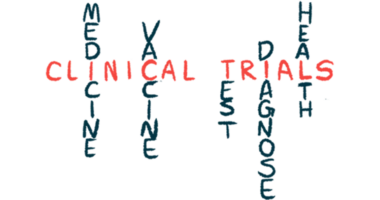Standardized Outcome Measures in Clinical Practice May Improve Hemophiliac Patient Care

A recent survey has shown that the use of appropriate standardized outcome measures of hemophiliac patient treatments in routine clinical practice are not the norm. But implementing these measures could promote more effective personalized therapeutic approaches and reduce treatment-related costs.
Hemophilia is a complex disease with a major impact on the physical, social, and mental health of the patients. Due to the different disease behaviors, the different treatment possibilities and treatment-related complications, every hemophiliac patient is unique.
To ensure the best patient care, several domains have to be analyzed, such as body structure, body function, and the patient’s lifestyle. Still, the optimal way to evaluate hemophilia care has not been defined.
In the study, “Outcome measures in European patients with haemophilia,” published in the journal Haemophilia, the researchers conducted a survey among physicians involved in the European Haemophilia Therapy Strategy Board (EHTSB). Their aim was to evaluate the importance of outcome measures in hemophilia care, their current implementation in routine clinical practice, and to provide recommendations to improve clinical practice.
The survey showed that most practitioners are focused mainly on the determination of parameters related to bleeding control treatments, such as consumption of concentrates, and the occurrence bleeding events. Musculoskeletal health and pain assessment are secondary focus points, according to the physicians who were questioned.
This study showed that functional, physical, and quality of life outcomes are not considered as important and are used less often. The lack of time during clinical practice was most-cited reason for not evaluating these parameters.
Overall, the authors of the study proposed that the determination of hemophilia patients’ treatment response should include at least the following outcome measurements: bleeding frequency assessment at least every six months; physical joint health assessment; functional independence capacities; and a quality of life questionnaire, among others.
“At an individual level … collection of outcome measures are vital in enabling therapy to be tailored to the individual. At a more global level, these measurements are required to increase confidence in treatment strategies and allow objective comparisons of care between centers and countries,” the authors wrote.
This study highlights the need to develop adequate tools that could allow and improve the implementation of outcome measures in clinical practice. Further validation of outcome measures for hemophiliac patients care is still required.






